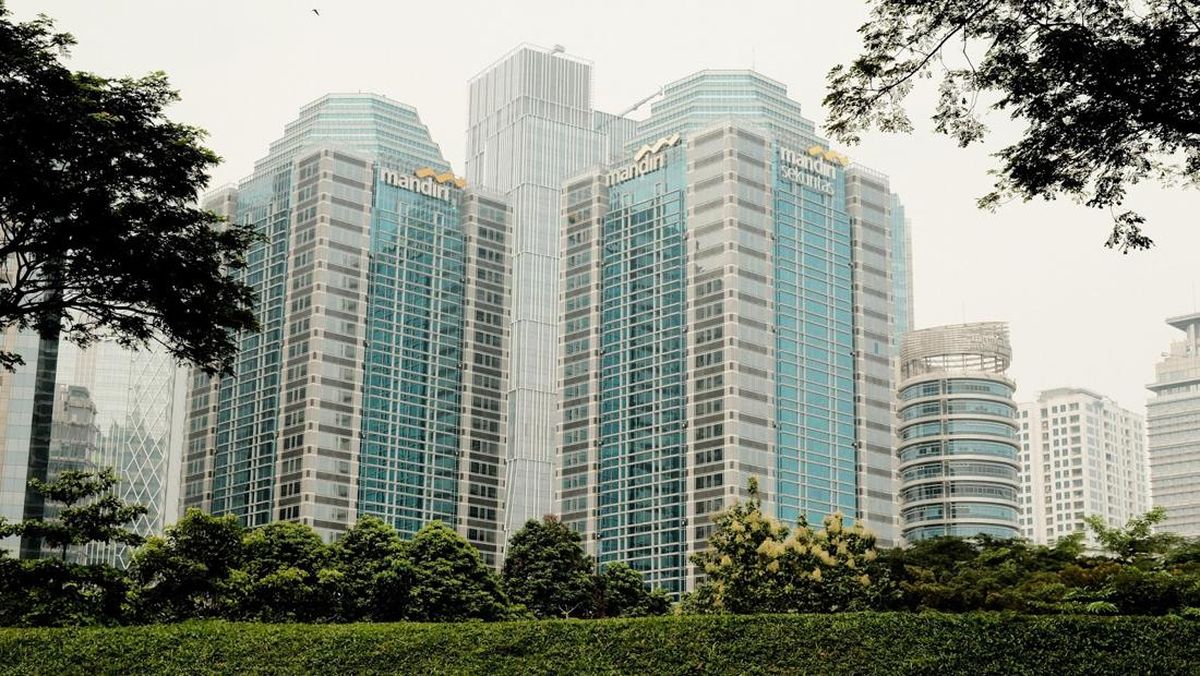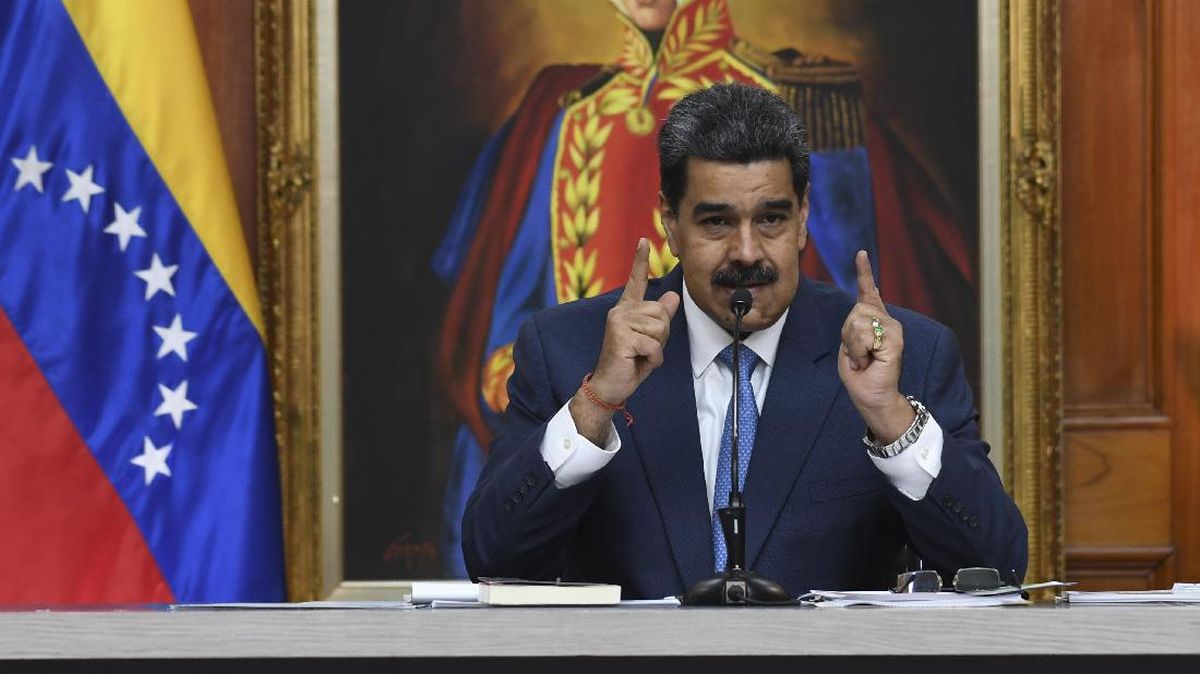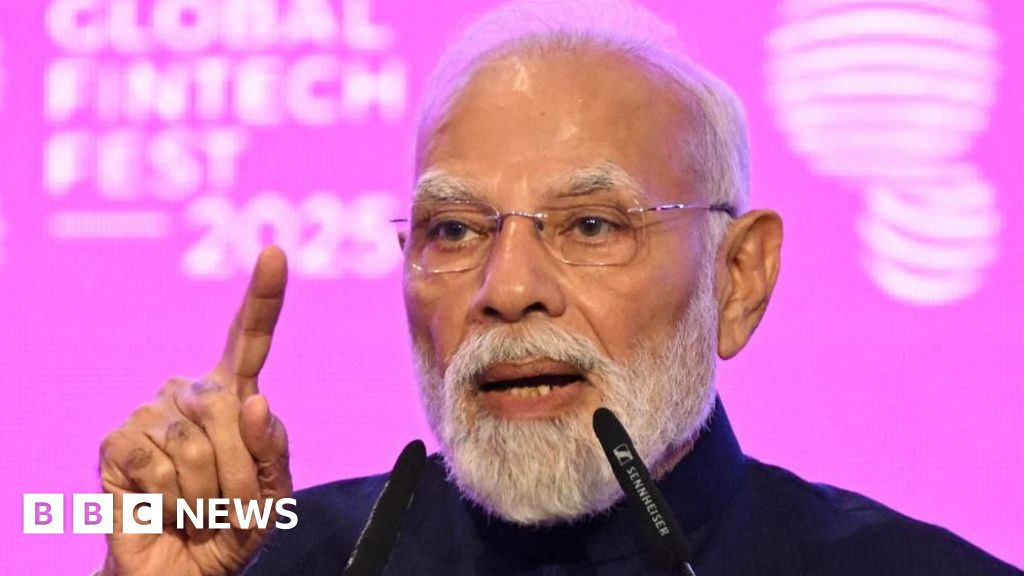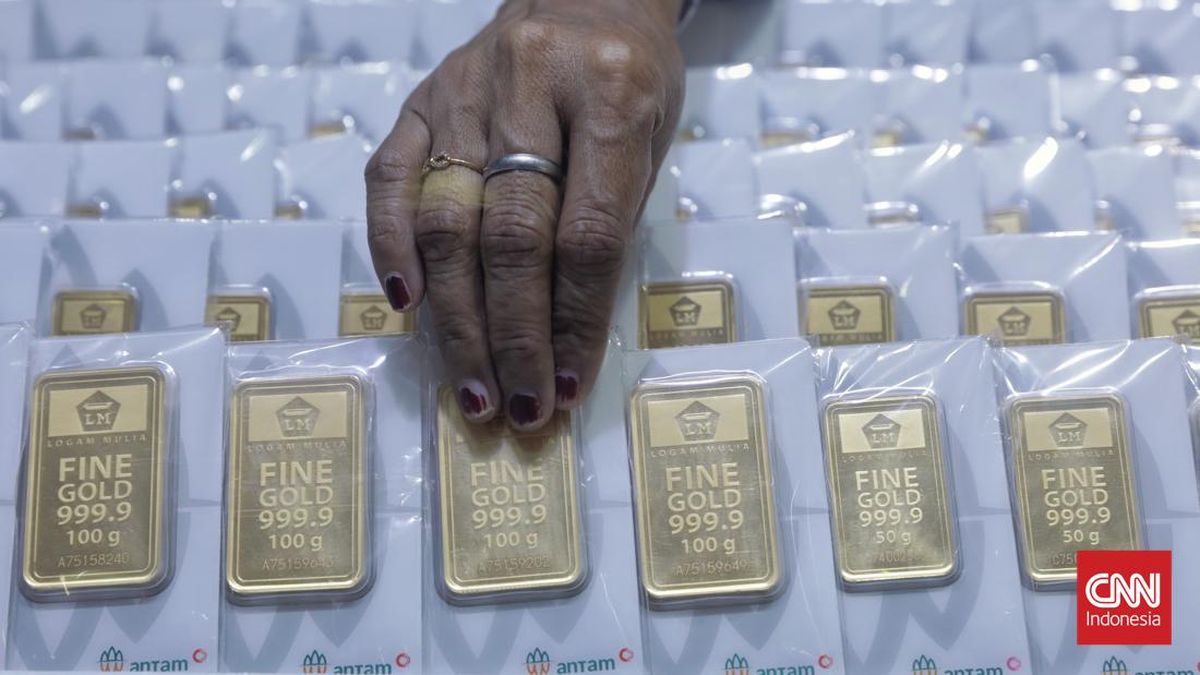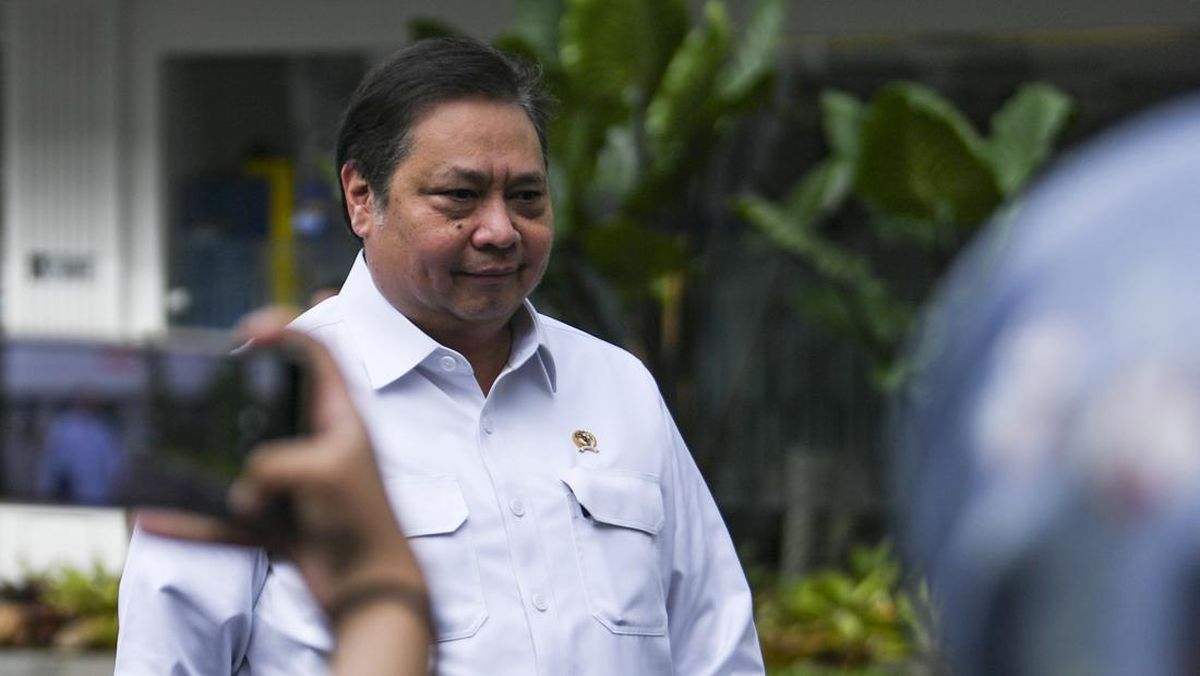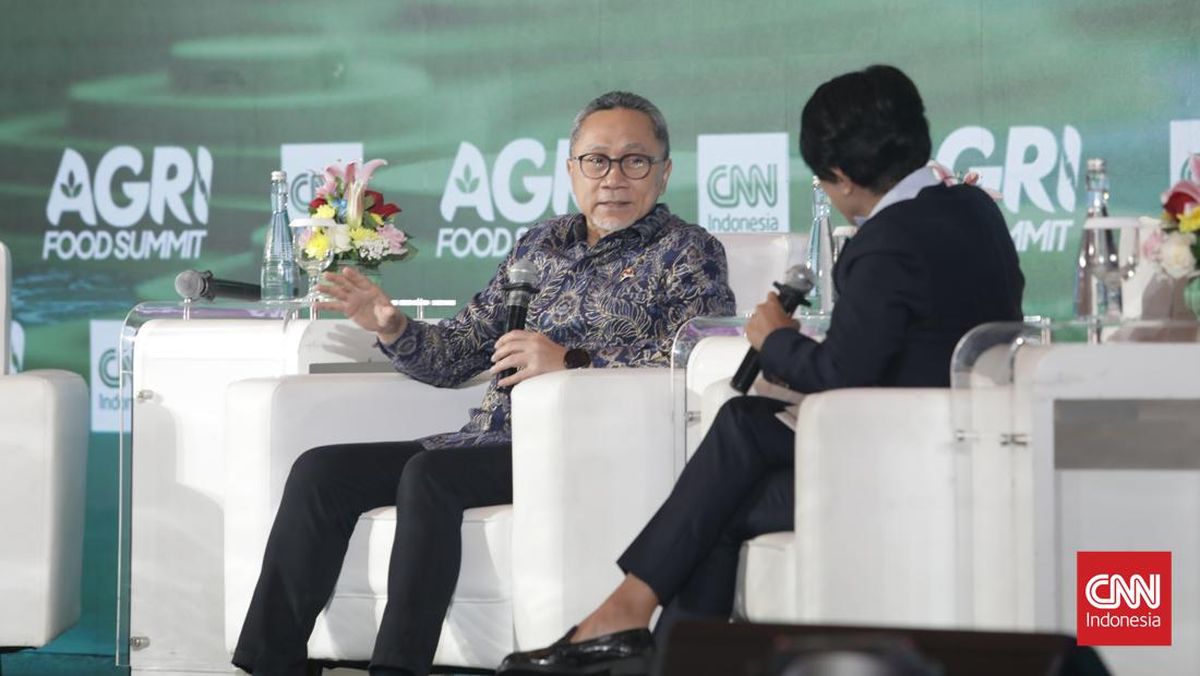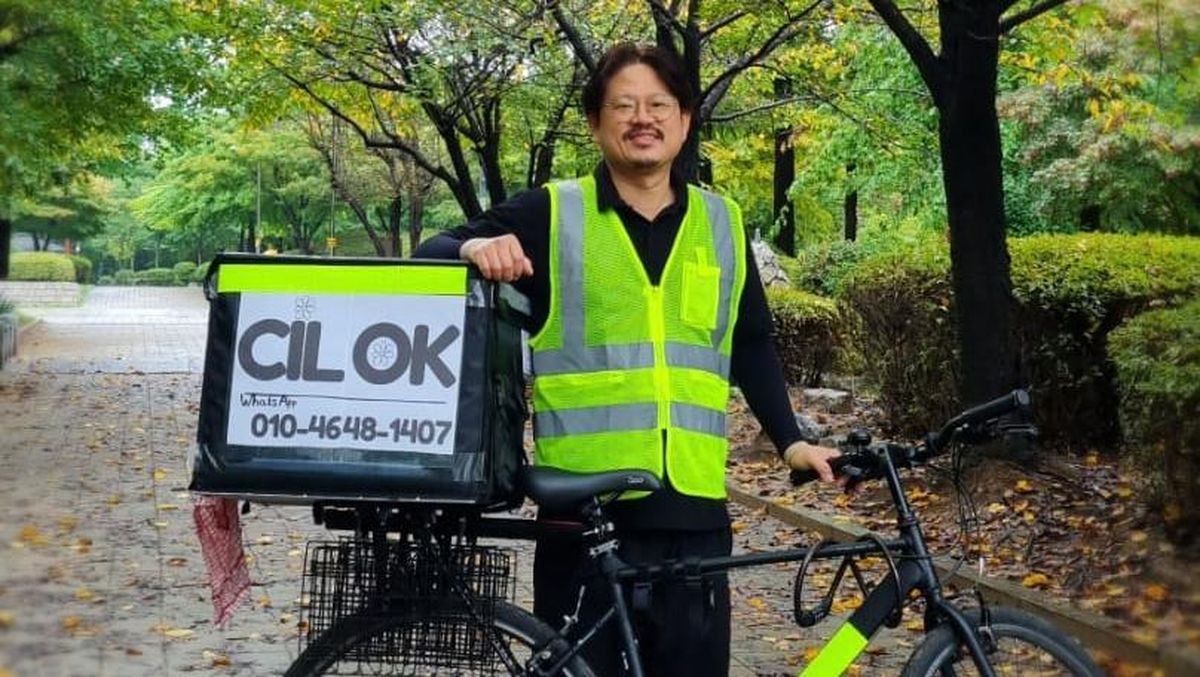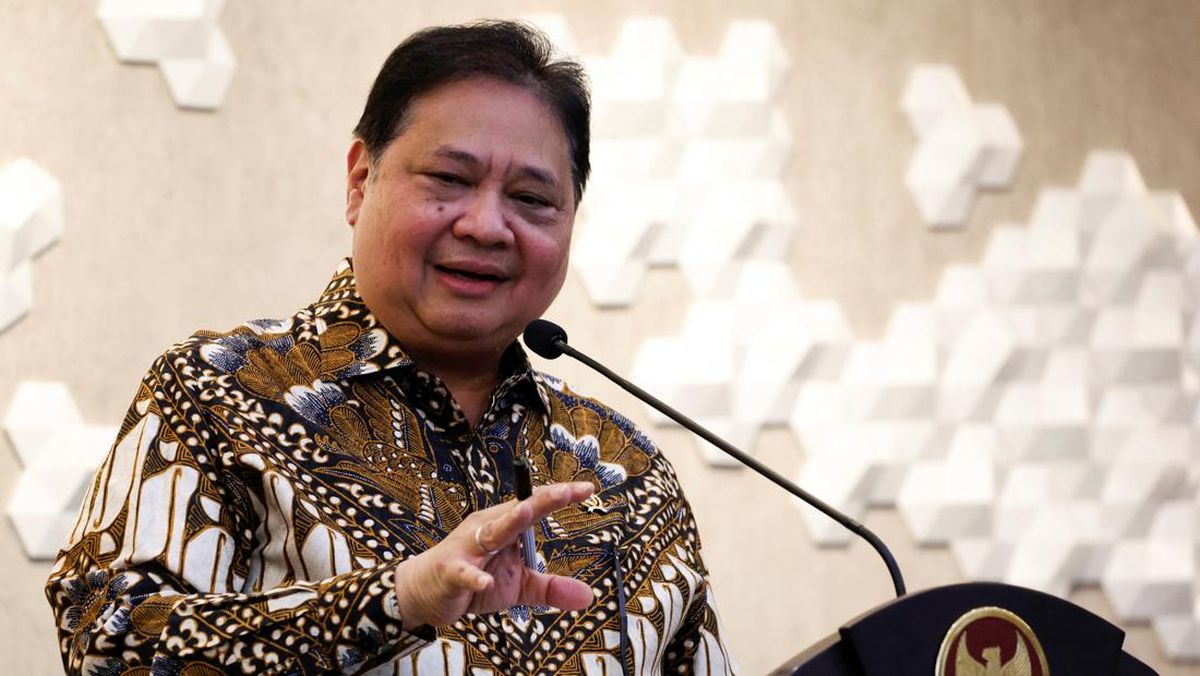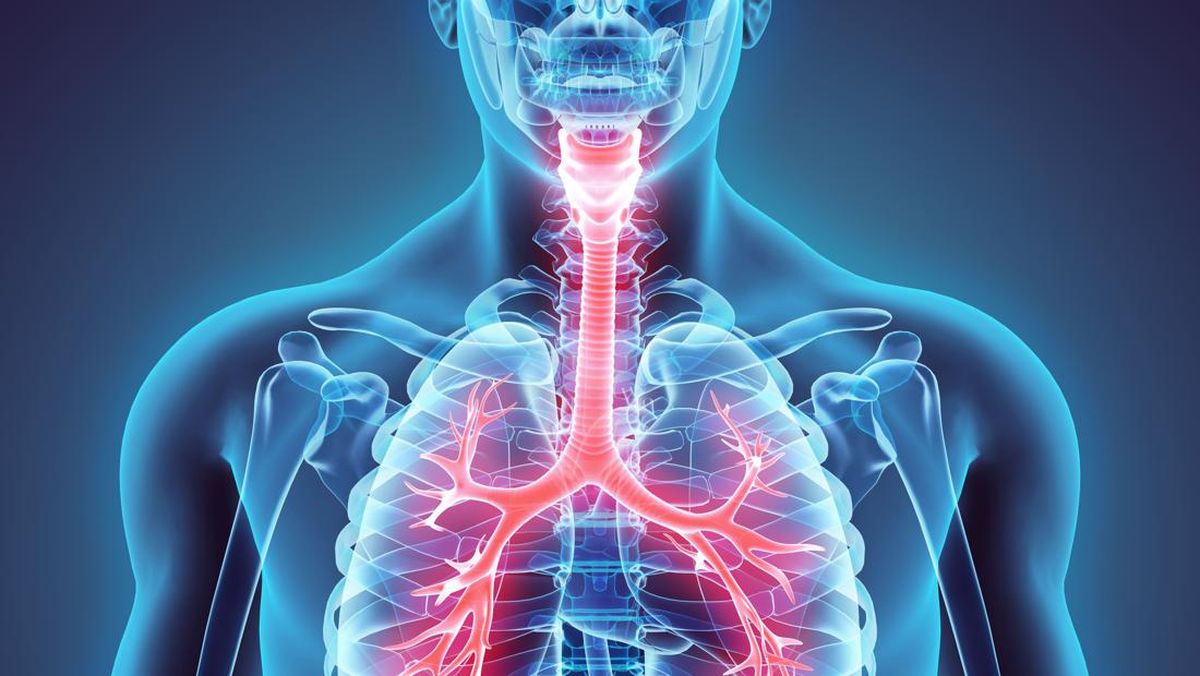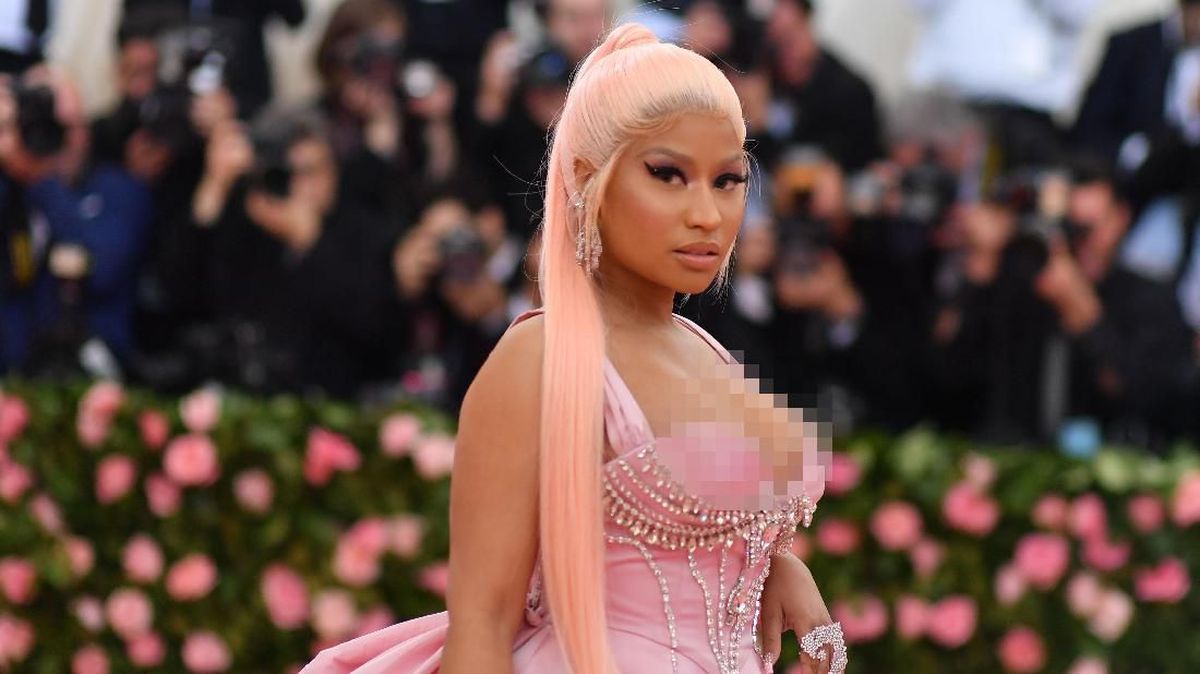Unemployment has hit its highest level in four years, putting renewed pressure on the Reserve Bank to look at a rate cut at its meeting next month.
The unemployment rate hit 4.5 per cent – up from 4.3 per cent – as the number of people out of work climbed from 650,000 in August to 684,000 in September, data from the Australian Bureau of Statistics on Thursday showed.
That’s despite the number of people in jobs climbing by nearly 15,000. Total job growth over the past 12 months has slowed to 1.3 per cent with the country adding 190,500 positions. Total unemployment, however, has jumped by 12.6 per cent, or 76,800.
The latest statistics put pressure on the Reserve Bank to consider cutting interest rates at its meeting in the first week of November. The bank had forecast the unemployment rate to hit 4.3 per cent by the end of the year.
Appearing before the Senate economics committee last week, RBA governor Michele Bullock said she expected unemployment to continue rising this year but that the jobs market was “close to balance.”
Before the unemployment update, financial markets put the chances of a rate cut at the November 4 meeting at just 40 per cent.
The Australian dollar immediately reacted, losing almost half a cent against the US dollar as financial market expectations of an interest rate cut jumped.
An increase in both men and women seeking work contributed to the rise in the number of unemployed people in September, according to the bureau. The participation rate – the share of the working-age population currently working or looking for work – climbed to 67 per cent but remained below the peak of 67.2 at the beginning of the year.
Across the country, unemployment is now above 4 per cent in every state and territory. It is highest in Victoria at 4.7 per cent, a 0.3 percentage point lift over the month, while its underemployment rate – the proportion of people who would like to work more hours – increased by 0.5 percentage point to 6.6 per cent.
The jobless rate in NSW lifted by 0.1 percentage point to 4.3 per cent, while its underemployment rate increased to 5.4 per cent.

Reserve Bank governor Michele Bullock at Senate estimates last week.Credit: Dominic Lorrimer
The numbers follow other signs that the jobs market is starting to cool. The most recent ANZ-Indeed measure of job ads tumbled by 3.3 per cent in September, the third consecutive monthly drop and the sixth monthly drop through 2025.
Capital Economics senior economist Abhijit Surya said the numbers bolstered the case for an interest rate cut next month.
“On balance, our sense is that today’s soft job will bring the RBA a bit closer to cutting rates,” he said.
“However, given the Bank’s ongoing concerns about the stickiness of inflation, an upside surprise in the September quarter CPI data due at the end of the month could still tilt the scales in favour of a hold.”
The number of people in full-time employment grew by 8700 to just under 10.1 million, while the number of Australians working part-time climbed by 6300 to more than 4.5 million.
Cut through the noise of federal politics with news, views and expert analysis. Subscribers can sign up to our weekly Inside Politics newsletter.
Most Viewed in Politics
Loading

